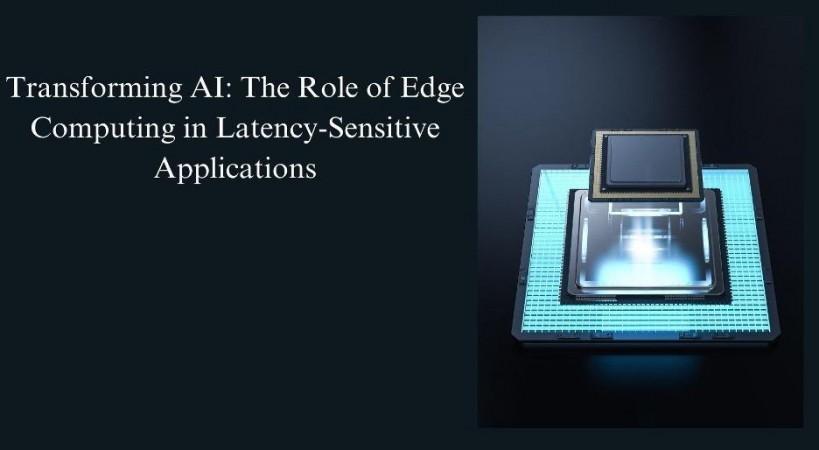
An in-depth exploration of how edge computing is redefining the future of latency-sensitive AI applications is presented by Sandeep Konakanchi, a pioneer in cutting-edge technologies. By bringing computation closer to the data source, this transformative approach addresses challenges of traditional cloud architectures, unlocking unparalleled efficiencies across diverse domains.
The Rise of Edge Computing
The growing need for instant processing and decision-making has transformed the computing landscape, emphasizing edge computing. Unlike traditional cloud systems that centralize data processing, edge computing processes data closer to its source, minimizing latency and enhancing real-time responsiveness. This shift reduces latency by up to 75%, a game-changer for critical applications like autonomous vehicles, industrial automation, and augmented reality, which demand response times of 5-10 milliseconds. By enabling faster data processing, edge computing not only improves system efficiency but also enhances reliability and security, making it indispensable for industries where milliseconds can be the difference between success and failure.
A Distributed Architecture Revolution
Edge computing leverages a distributed architecture to process data near its source, significantly improving performance and reducing the strain on centralized networks. By processing data locally, edge nodes minimize the need for data transfer to distant cloud servers, lowering latency by 67% compared to traditional systems. Modern edge devices, capable of handling up to 1.5 teraflops of data, enable efficient real-time applications in areas like IoT, smart cities, and healthcare. Furthermore, advancements in edge-cloud hybrid models optimize resource allocation, balancing local processing with centralized management, and reducing energy consumption by over 40%, contributing to sustainable and cost-effective computing solutions.
Innovation in Resource Allocation and Optimization
Efficiency in edge computing is driven by cutting-edge resource allocation strategies. By adopting containerized microservices, these systems improve resource utilization by up to 47% over traditional virtual machines. Advanced reinforcement learning models further optimize operations, predicting workload fluctuations with high accuracy and reducing service-level agreement (SLA) violations by 71%. Additionally, AI optimization techniques like knowledge distillation and neural architecture search boost computational performance while significantly lowering energy consumption. These advancements make edge computing a robust, energy-efficient solution for real-time applications across diverse industries, from healthcare to autonomous systems.
Addressing Security and Synchronization Challenges
Edge computing introduces new security complexities due to its distributed nature. Modern security frameworks integrate AI-driven anomaly detection systems capable of identifying threats in real-time with an accuracy rate of 99.7%. Simultaneously, data synchronization mechanisms ensure consistency across geographically dispersed nodes, maintaining average latencies below 15 milliseconds. These innovations protect sensitive data while enhancing system reliability.
Applications Transforming Industries
Autonomous Vehicles
Edge computing transforms autonomous vehicles by enabling ultra-fast sensor data processing with latencies below 10 milliseconds. This real-time capability enhances decision-making accuracy, supporting critical functions like object detection, path planning, and collision avoidance. By processing data locally, edge computing ensures reliability, safety, and seamless operation, even in environments with limited connectivity.
Industrial IoT
Edge computing revolutionizes smart manufacturing by enabling real-time defect detection with 99.99% accuracy and cutting quality control downtimes by 65%. Predictive maintenance systems powered by edge technology enhance equipment reliability, optimizing performance and reducing maintenance costs by up to 40%, ensuring efficient and cost-effective manufacturing operations.
Augmented Reality
Augmented reality (AR) applications benefit immensely from edge computing, with rendering latencies as low as 5 milliseconds. These systems enhance user engagement by delivering seamless, high-fidelity interactive experiences.
In conclusion, Sandeep Konakanchi's work highlights the transformative potential of edge computing in enabling next-generation applications. By addressing latency, resource utilization, and security challenges, this technology is poised to drive innovation across diverse sectors. As organizations embrace edge computing, they position themselves to meet the growing demand for real-time processing, paving the way for a connected and efficient future.
a








